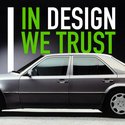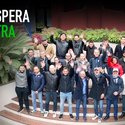
THE VALUE OF CREATIVITY
Article by Emiliano Palma
When we think about “creativity”, we all think we have a clear idea of what it is about; but are we sure we know exactly?
Creativity is by definition an intangible value, difficult if not impossible to fully describe, and this gives rise to numerous misunderstandings about its real importance within the project.
Indeed, in some it may be formed the idea that creativity is a negative factor, almost an “obstacle” to the development of the project, and that the designer is a figure who slows down or complicates the process of the project.
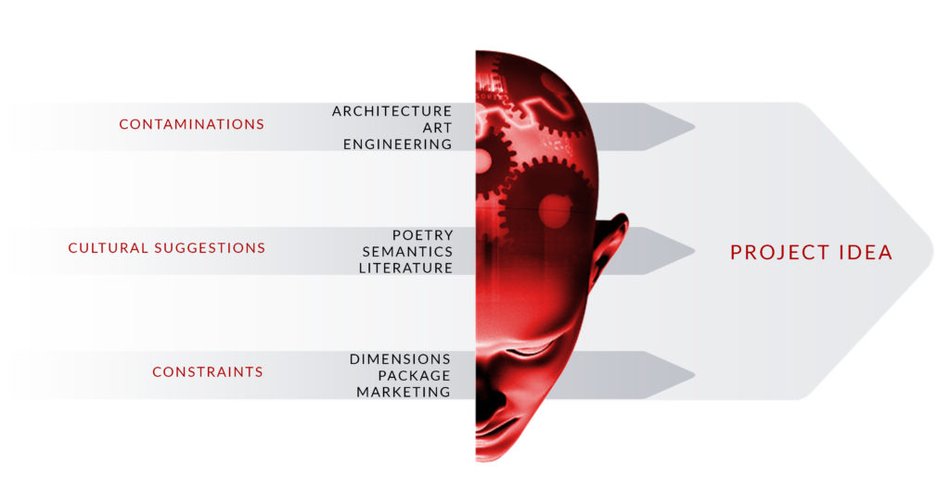
A first, dangerous and widespread commonplace, sees the designer as the eternal child, who plays with unnecessary aesthetic complications, making even the simplest things complex. This is the common idea in many engineering departments, which see the creative team as a sort of “rival team”, perhaps within the same company. It must be said that, in many cases, creativity is effectively reduced to a sterile exercise of style, a “make-up” applied afterwards on an already defined product concept. The message, often spread to the highest management levels, is more or less: “this is the finished product, now embellish it a little but without ruining it or making it cost too much”.
With this kind of approach, the designer’s contribution is bound to be meager, or even deleterious. The work of the creative in fact is not involved in the definition of the concept, and therefore becomes abstruse from reality, something that scares the engineers because they do not understand its meaning and necessity. As a consequence, the technicians will have an antagonistic attitude towards the designer, taking refuge in design solutions consolidated in previous projects, and opposing any proposal made by the designer: “we have always done this and it has always gone well, why change?”.
This “mythological” designer-engineer dualism, which many of us have often experienced, typically in automotive projects, leads to the frustration of both actors, the creative and the engineer, who fail to work in synergy and benefit one from the other.
The true creative, on the other hand, shouldn’t be a “Mad Hatter”, who pulls out a crazy idea to “embellish” an already designed product. Creativity becomes a precious and distinctive resource, on the contrary, only when it originates from a comparison between different professionals and competences. In that case, know-how, passion and teamwork are the driving force for the development of truly creative, innovative but also concrete ideas.
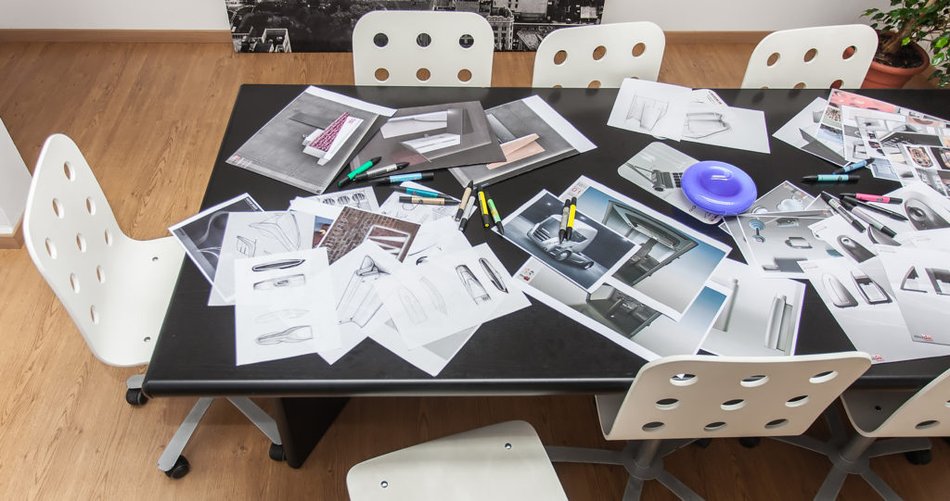
A second, equally widespread false myth sees creativity as a magical gift, a sort of metaphysical talent, which can be activated on command. The message, in this case, could be translated as: “Get me an idea in five minutes, you who are good at drawing”
Obviously the creative talent is, at least in part, innate and connected to the way of being of the creative. But much more, creativity is a talent that must be trained, nurtured and perfected. Like a gymnast, spending many hours perfecting movements to train every single muscle in his body, but also acquiring psychological stability, so to dominate tension and focus the goal; the same way the designer nourishes his creativity with a continuous study, research, curiosity about everything that surrounds him, but also continuous exercise and updating on the different executive techniques.
In this sense, the designer never stops working, because he continues to think about the project even just before sleeping, or while on Sunday he is at the park… Creativity is a sort of “positive obsession” that continually leads to associating and synthesizing experiences, studies, techniques, also taken from distant worlds and then condensed into the design solutions. We could say that, in every creative project, there is a sort of ideal synthesis of the different knowledge that the designer has acquired up to that moment.
This ability to synthesize, to consider at the same time technical, aesthetic, functional needs, also responding to emotional and immaterial requests, is the deepest value of creativity, and makes the designer a unique and irreplaceable figure in the design process. In those contexts in which this value is fully understood, and designers, technicians, marketing experts are put in a position to work together from the beginning, the creativity can fully express all its power and its value as a innovation.
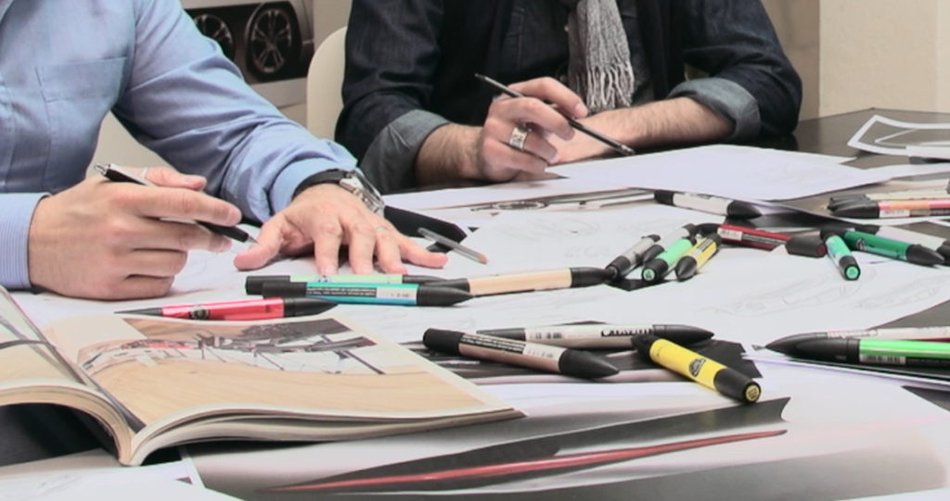
This is the vision that we in Model 5 have of Creativity: it’s the ideal space, within the design process, in which the actors feel free to express their ideas so that, by meeting and combining, they give life to something completely new and unexpected. This magical and poetic space, is at the same time the result of rigorous discipline and study, is the moment in which the years of study and the various previous experiences emerge and flourish, giving life to concrete inventions and unconventional ideas.
The challenge, in a market in which the timing of the projects is increasingly contracted, in which TIME is the inexorable parameter of reference, is to maintain the right space and time for Creatives, so that they can express their potential in a way really effective.
To face this challenge, new organizational methods, more light and horizontal, come to the aid of Creatives, but also and above all the development of new technological and IT resources. The very rapid development of new devices and software to support creativity is in fact able to accelerate processes without reducing their quality, exponentially increasing the tools available to the creative. Polygonal modeling, augmented reality, virtualization are just some of the skills with which new creatives must necessarily measure themselves, in order to fully express their talent.
Obviously, the new tools are nothing but very powerful “enhancers” of creativity: but the designer and his search for “content” remain at the center, which is never negotiable! Losing the focus on the content, the temporal contraction of creative research risks reducing it to a simple exercise in style: “a beautiful drawing”, but lacking in depth. This is the great danger to avoid.
Only in this way, even in the future design will continue to change the world (again)
